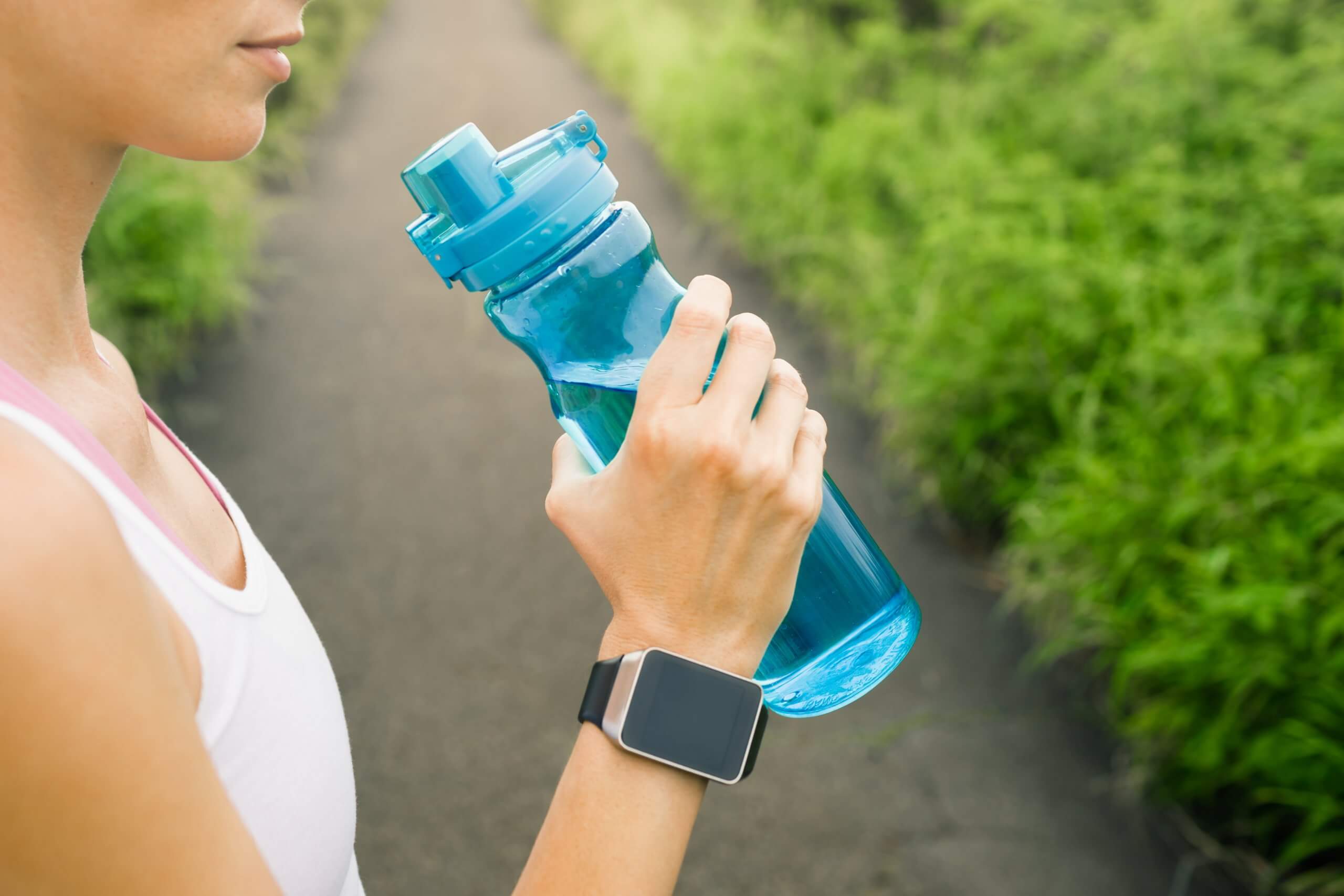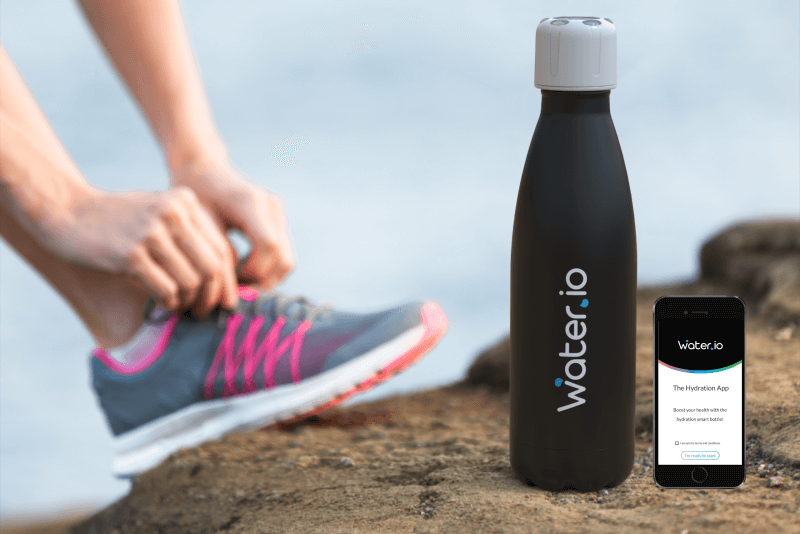What is Smart, Intelligent or “Active” Packaging?
These terms are all related in that the package is actively functioning and not passively used for simply shipping products from one place to another. The technologies in place can track the location of the package, measure the moisture, temperature or oxygen in the package, and detect contaminates in or damage to the package. The packages are classified based on what they do to protect the product inside or on the information provided to the shipper. The Active and Intelligent Packaging Industry Association (AIPIA) is responsible for reviewing the top packaging brands and how these brands interact with their clients.
Active Packaging vs. Intelligent Packaging Intelligent packaging is mainly communicative and it transmits information about the package’s whereabouts, status or changes to the package (like tampering). Active packaging monitors the package’s function like moisture control or temperature as these packages actively interact with the contents inside. The demand for these products is expected to expand with the food and beverage industry as the top spender in the market. Pharmaceutical companies are also utilizing these smart packages to ship medication and other health care needs to the aging “baby boomer” population.
Types of Smart Packaging
NFC and RFID Radio frequency identification (RFID) chips and near-field communication (NFC) technologies are used to track the package and through a smart-phone app can help consumers determine if the product has been opened, if it is a counterfeit, and the history of the shipment (ex: exposure to cold or warm temperatures). These features allow clients to understand their distribution, inventory management and effective packaging strategies and help consumers interact with their brand.
In a previous post, we covered smart bottles with RFIDs used to prevent counterfeiting and allow consumers to authenticate the product. These RFID’s can be scanned with a smart phone and utilized to alert tampering or opening before purchase.
Temperature Controls and Monitoring In the food industry, keeping products safe for consumption involves keeping the packages temperature controlled to prevent spoiling or deadly bacteria growth. Active packaging designs have eliminated the need to be concerned about safety with their temperature indicators and sensors on the package. They also include Time-Temperature-Indicator (TTI) labels that uses special Thermochromic ink that is sensitive to temperature to indicate the packages safety status.
There are also packages designed to control the temperature inside the shipment. They use separate compartments that can be controlled with complex chemical reactions to keep the entire package hot or cold. Smart packaging is not just used for distribution and shipping; some packaging devices are now being used to heat products for consumption. A recent example comes from Exothermix which has a packaged designed to heat contents, in this case melt chocolate for cooking. There are also new microwave detector systems that are visible on the package to alert the consumer when their food is heated sufficiently and ready to eat.
Oxygen We have all seen the packages containing little packets filled with absorption powders or capsules but smart packages have made these a thing of the past. New packages have cards or films that can be built directly into the structure of the box. The oxygen transmission rate can also be monitored with sensors to let distributors know how long the built-in oxygen absorbers are effective. These controls can be monitored with color changing packages to alert that the shipment has too much oxygen or an inadequate sealing of the package.
Atmosphere Controls Before smart packages, nitrogen or other chemicals were added to the box before sealing to preserve the products inside. New smart packages come with the ability to add gas or a mixture of gases to the package to lengthen the shelf life and maintain the ideal atmosphere. Some packages also contain electronic mechanisms that control carbon dioxide, oxygen and ethanol can keep the gases active and at the appropriate conditions.
Moisture Moisture is also a big concern for manufacturers and distributors as it can ruin the product inside the package if the levels are too wet or dry. With moisture the contents inside the package can be exposed to corrosion. Layers of plastic or cloth absorbers are built into the packages to prevent moisture as well as devices the purge the moisture from the package. Electronic humidity controllers can be added into the shipments, mostly used for produce, vegetables and fruits, these prevent microbial and moisture accumulation.
Microbial Prevention and Pathogen Sensors Smart packages are now equipped with systems that can release microbial chemicals during transit to prevent bacteria growth. These microbial systems release when exposed to UV light, temperature or different conditions that they experience during shipping. Some pathogen sensors use biosensors that are attached to the package to alert when the package has become contaminated. These new Nano bioplastic sensors will also alert consumers when the contents are no longer safe to eat. While these packages are still mostly in their development stage, the need for these packages especially in the food industry will be the driving force of these being available for the safety of the consumer.
Eco-friendly Sustainable packaging has always been a concern for environmentalists and distributors with our growing population and scarce resources providing alternative packaging solutions matters now more than ever. Packages can be considered environmentally conscious if they are renewable, biodegradable, energy efficient or recycled. Smart packages are designed with this in mind, as they will be reused multiple times for different shipments and uses. The technology that is put into these packages must also be energy efficient and environmentally safe to be around food or other perishable products.
The increasing need for Smart Packaging will contribute to the overall growth of the shipping industry. These packaging designs can help the distributor protect their products and give the consumer safer, authentic products that they can trust to be non-toxic and as fresh as possible.





